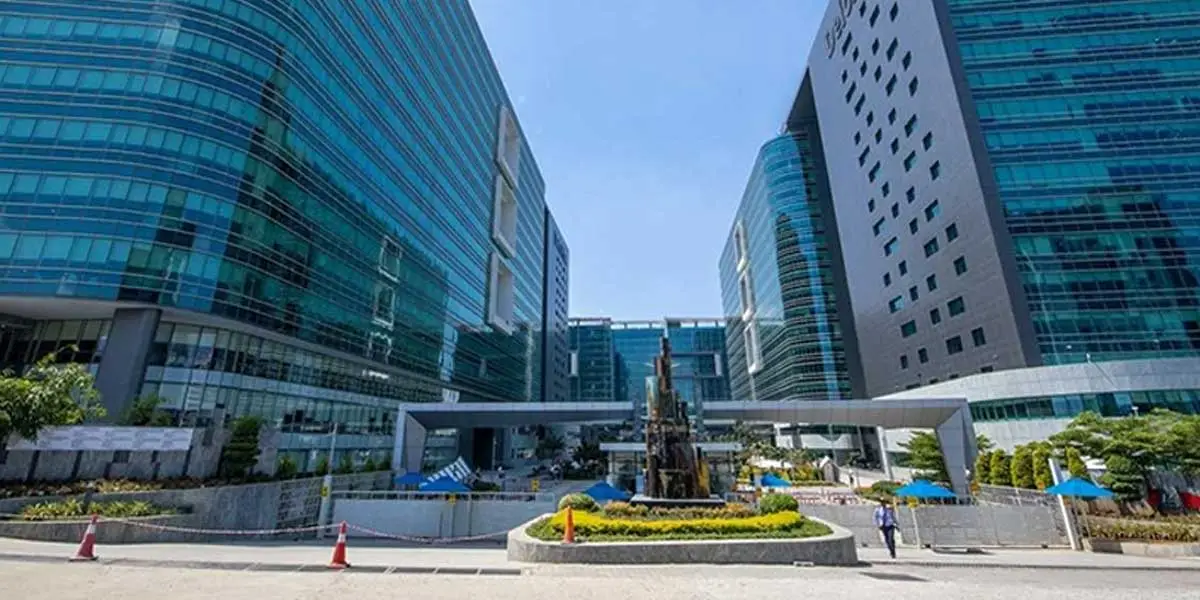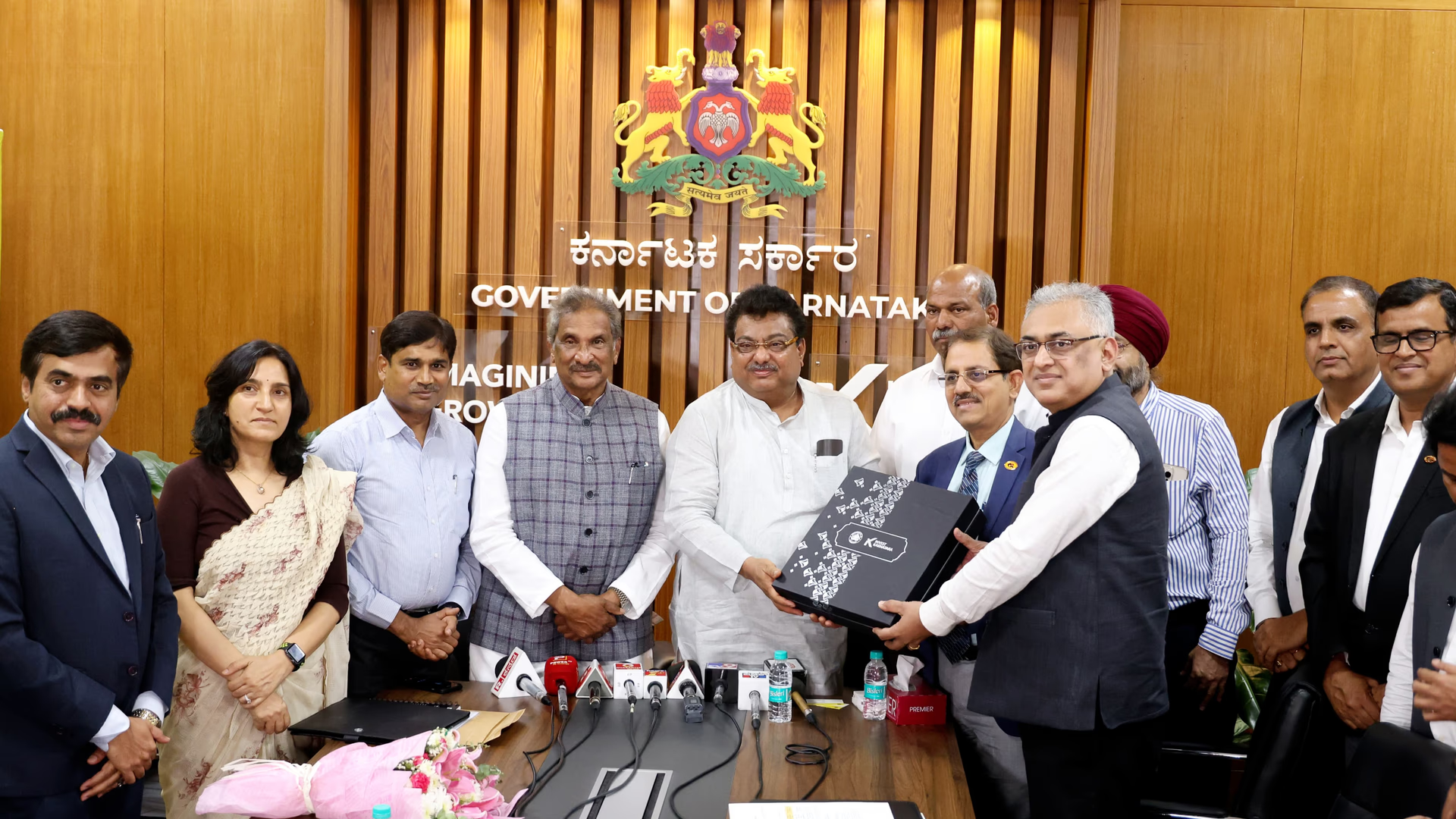we’ll explore strategies that manufacturing leaders can implement to reduce waste, lower carbon footprints, and build more sustainable operations.
1. Optimizing Energy Usage
One of the largest contributors to the carbon footprint in manufacturing is energy consumption. Energy-intensive processes can lead to significant environmental damage, especially when fossil fuels are the primary energy source. To reduce this impact, manufacturers can implement the following strategies:
- Switch to Renewable Energy: Using renewable energy sources like solar, wind, or hydroelectric power is one of the most effective ways to reduce carbon emissions. Many manufacturers are investing in on-site renewable energy generation or purchasing green energy from utilities.
- Energy-Efficient Equipment: Upgrading to energy-efficient machinery and equipment can help reduce overall energy consumption. LED lighting, energy-efficient motors, and variable frequency drives can lower energy use without compromising production output.
- Smart Energy Management: By implementing smart sensors and energy management systems (EMS), manufacturers can monitor energy consumption in real-time, identify inefficiencies, and make adjustments to optimize energy use across the facility.
2. Waste Reduction: The Circular Economy Approach
Waste is a significant concern in manufacturing, from excess materials to by-products and packaging. Transitioning to a circular economy approach can help manufacturers minimize waste and make the most of resources. Here’s how:
- Design for Disassembly: By designing products that are easier to disassemble, manufacturers can recycle or repurpose components at the end of their life cycle, reducing waste and creating a closed-loop system.
- Reuse and Repurpose Materials: Manufacturers can find ways to reuse materials from the production process. For instance, scrap metal or plastic can be reprocessed and used in new products, reducing the need for virgin materials and cutting down on waste.
- Zero Waste to Landfill: Companies can strive for a zero-waste production system, where all waste is either reused, recycled, or composted. This reduces the amount of waste sent to landfills and minimizes the environmental footprint of manufacturing operations.
3. Green Manufacturing Practices
Green manufacturing refers to the adoption of processes that prioritize environmental sustainability. By incorporating green practices, manufacturers can reduce their carbon footprint while maintaining operational efficiency.
- Lean Manufacturing: Lean principles focus on minimizing waste in all forms—materials, time, and labor. By optimizing production processes and eliminating inefficiencies, manufacturers can significantly reduce their environmental impact while enhancing productivity.
- Water Conservation: Water usage in manufacturing can be substantial. Implementing water recycling systems, using less water in cooling processes, and adopting water-efficient technologies can reduce consumption and mitigate the environmental impact of manufacturing.
- Sustainable Packaging: Sustainable packaging is an essential aspect of reducing the carbon footprint in manufacturing. By switching to biodegradable or recyclable materials and reducing packaging size, manufacturers can minimize waste and reduce their environmental footprint.
4. Supply Chain Sustainability
Sustainability doesn’t stop at the factory door; it extends throughout the supply chain. Manufacturers can work with suppliers who prioritize environmental responsibility, use sustainable materials, and adhere to ethical sourcing practices.
- Supplier Collaboration: Building long-term relationships with suppliers who are committed to sustainability ensures that materials are responsibly sourced and production processes are efficient. Manufacturers should work with suppliers to reduce transportation emissions, minimize packaging waste, and prioritize renewable resources.
- Localized Sourcing: By sourcing materials locally, manufacturers can reduce the carbon footprint associated with transportation, as long-distance shipping often contributes to significant greenhouse gas emissions. This also supports local economies and strengthens supply chain resilience.
- Transparency and Traceability: Technology such as blockchain and AI can provide visibility into the entire supply chain, making it easier for manufacturers to track the environmental impact of materials and ensure that sustainable practices are being followed at every stage.
5. Carbon Capture and Offsetting
Reducing carbon emissions is a critical component of sustainable manufacturing. While companies strive to minimize their carbon footprint through energy efficiency and waste reduction, it may not always be possible to eliminate emissions entirely. Here’s where carbon capture and carbon offsetting come into play:
- Carbon Capture Technologies: Carbon capture involves capturing CO2 emissions at the source (such as during manufacturing) and storing or reusing it. Some companies are investing in carbon capture systems to offset their emissions and reduce their environmental impact.
- Carbon Offsetting Programs: Manufacturers can purchase carbon credits or invest in projects that reduce or absorb carbon emissions, such as reforestation or renewable energy initiatives. This helps to neutralize the company’s remaining carbon footprint after implementing emission-reduction strategies.
6. Adopting Smart Manufacturing Technologies
Smart manufacturing technologies, powered by the Internet of Things (IoT), Artificial Intelligence (AI), and machine learning, offer powerful solutions for reducing waste and improving sustainability. These technologies enable manufacturers to:
- Predictive Maintenance: By using sensors and data analytics, manufacturers can predict when machines are likely to fail, allowing them to perform maintenance before breakdowns occur. This reduces downtime, minimizes resource wastage, and improves overall system efficiency.
- Real-Time Monitoring: IoT devices can provide real-time monitoring of energy consumption, material usage, and environmental impact. By analyzing this data, manufacturers can make adjustments in real time to optimize processes and reduce waste.
- Digital Twins: Creating a digital twin of manufacturing systems allows companies to simulate processes and make improvements before implementing changes in the real world. This can lead to better decision-making, reduced waste, and more sustainable operations.
7. Employee Engagement and Awareness
To truly achieve sustainability goals, it’s important to involve employees at every level of the manufacturing process. Employees can play a critical role in waste reduction, energy conservation, and identifying new opportunities for sustainability. Here’s how manufacturers can engage their workforce:
- Sustainability Training: Offering training programs on sustainability practices helps employees understand the importance of reducing waste and energy consumption. This can lead to more sustainable behaviors both at work and in their personal lives.
- Employee Incentives: Encouraging employees to contribute ideas for improving sustainability can foster a culture of innovation and accountability. Manufacturers can offer incentives for the best ideas that lead to reduced waste or energy use.
- Collaboration and Feedback: Regularly communicating sustainability goals with employees and seeking their feedback can ensure that initiatives are aligned with company objectives and that everyone is on board with the strategy.
Conclusion
Sustainable manufacturing is not just a trend; it’s a necessity for businesses that want to thrive in a future that values environmental responsibility. By adopting strategies to reduce waste, lower carbon footprints, and embrace eco-friendly practices, manufacturers can improve efficiency, reduce costs, and position themselves as leaders in sustainability.
The journey toward sustainability requires commitment and innovation, but with the right strategies in place, manufacturers can make a positive impact on the planet while maintaining long-term profitability.









